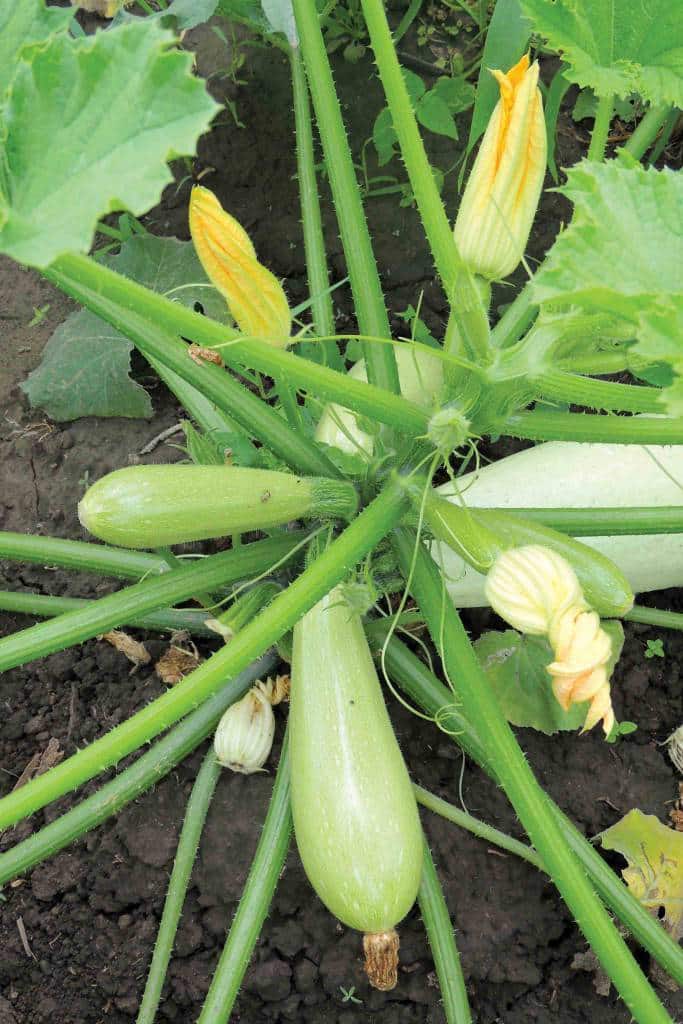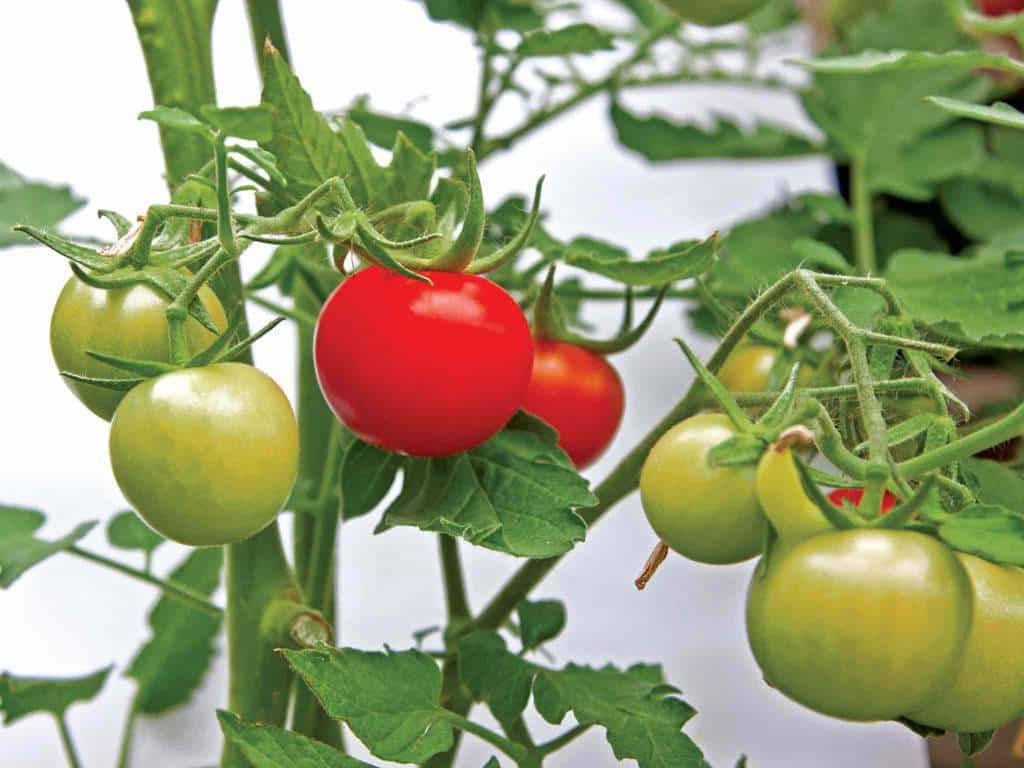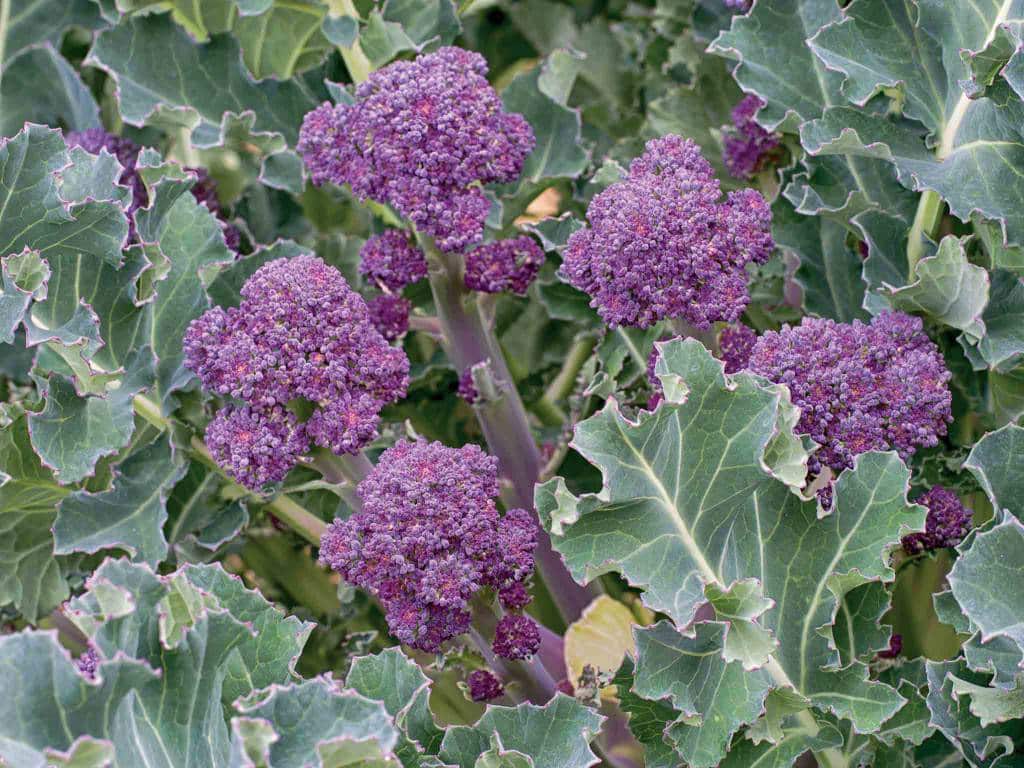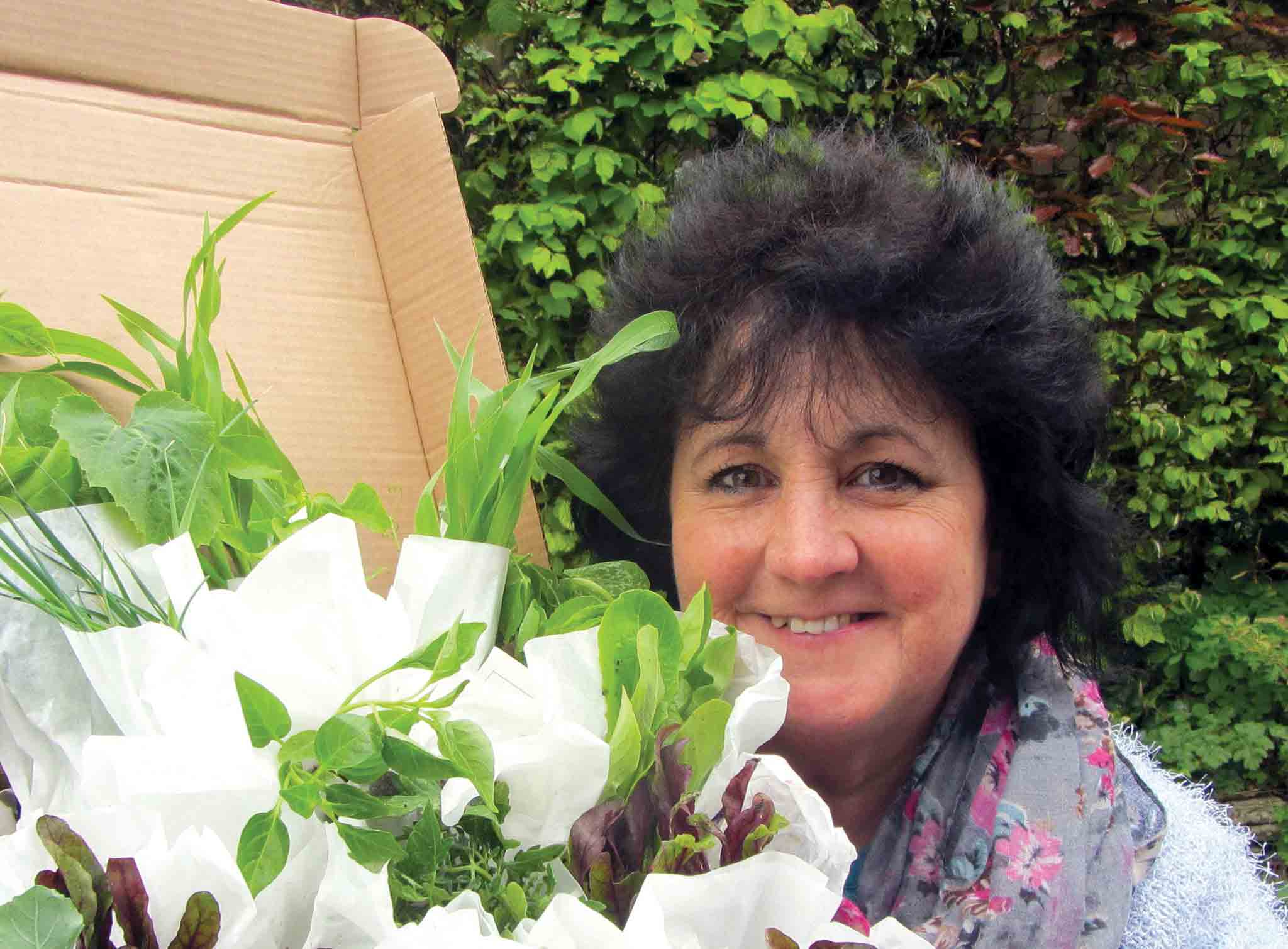“Summer has only just started – Mediterranean-style,” gardening expert Pippa Greenwood observes.
“A lot of plants are really behind because we didn’t have the run-up we needed,” says Greenwood, a regular on BBC Radio 4’s Gardeners’ Question Time. “The beginning of summer was wet, gloomy and cold. As veg catch up, many will become stressed because it’s too hot for them.”
If courgettes get too dry and under stress from drought, they conserve energy by forming lots of male flowers which are no good if you want fruits, she says.
The early part of summer, which was wet, may have also set pollinators back, so many fruits may have been pollinated later.
The sudden hot weather may cause lettuce, spinach and herbs such as coriander to bolt (set seed), making them no good for eating, while slugs have stripped many leafy veg bare.
If your vegetables are beyond saving or you’ve harvested your crops and now have vacant ground, it may be time to think about autumn veg. ‘Garden ready’ plants, which look like plug plants, are widely available and already have a healthy root system.
“If you get veg plants in the ground in September, they can sit there, hold the soil together over the winter and be ticking over,” says Greenwood, who has launched a Winter thru’ Spring Collection of vegetables.

BEST OF THE BUNCH – Lily
Lilies are the fragrant stars of mid-summer, their bold flowers releasing a heady scent which fills the air. Beautiful in patio containers where visitors can inhale their rich scent, or in borders where the taller, bolder varieties can be admired from afar, the oriental hybids often grow to more than 1.2m. Dwarf patio lilies such as Lilium ‘Mona Lisa’ are ideal for pots, while trumpet lilies, such as the white L. regale, look fabulous in the middle of a border. They like well-drained fertile soil in full sun. Plant lily bulbs in spring as soon as you get them, burying them at least three times their depth and 15-20cm apart.

GOOD ENOUGH TO EAT – Ripening tomatoes
If your tomatoes are still green, they probably need more warmth and sunshine to help ripen them. We can’t always provide that here, but you can do a few things to help. As the fruits set, remove the yellowing lower leaves up to the first truss. When these have ripened, the next set of leaves can be taken off. As a general rule, only remove leaves below the trusses, although if they are really congested, a little thinning may help to promote air circulation. A month before the end of their cropping season, cut off the growing tip of the plant or, in bush tomatoes, take out the tip of every main stem. By stopping the growth, energy will be transferred to remaining fruits to reach full size. And if you have green tomatoes at the end of the season, put them in a paper bag with a banana to help ripen them.

Here are some of her favourites for September planting
- Broad beans: “Very few people plant broad beans in September, but if you do you’ll see that they really do get ahead. Get them in September as small plants, overwinter them with a fleece-covered tunnel in the worst of the winter. Then plant another batch early in the year and you’ll have a much longer cropping period as the ones you planted in September will be ready to harvest several weeks before the ones you planted in the spring.” Support bean plants through the winter with canes and twine.
- Radiccio: The dark red, almost burgundy-coloured leaf which adds colour and flavour to salad can be planted in September and looks great as an ornamental plant as well as tasting good. “When you plant it, it is often green with slight purple streaks, but as it grows it will pink up and then go red once it’s hit by really cold weather.” If you plant it in September, you may be eating leaves within six weeks to two months, depending on the weather. When the weather turns really cold, cover it with a fleece tunnel to protect the leaves.
- Japanese onions: Buy them as small plants in a cell in September. Plant the cell, which usually contains between three and five little onion plants, in its entirety, about 40cm apart. The plants inside will elbow each other apart to form a clump of onions. They need to be kept moist in September – but don’t feed them – and are maintenance-free in winter, growing rapidly in spring. Keep rows weeded and watered in dry weather and you should be harvesting them by summer, when the foliage starts to yellow. The bulbs are visible largely above ground.
- Purple sprouting broccoli: “It’s a very pretty plant with beautiful purple spears, and is incredibly good for you in terms of vitamin content and is also easy to grow. Put small plants in during the autumn and firm the soil really well around the base of the plant or it won’t crop as well.” Brassicas need firm soil. As they
grow, they can be loosened by heavy rain and wind and will need re-firming. Protect from pigeons with a polytunnel when the plant is young. They should be ready late spring, depending on
the conditions.
With the wealth of pests there have been this year, Greenwood warns: “If you are taking delivery of tender small plants in September, try to sort out the slug population beforehand.
“Put down Nemaslug, which says it won’t harm children, pets, bees or birds (www.nemaslugdirect.co.uk), then nematode, as a drench, on to the area you are going to plant up. A small pack will serve 40-square metres, which is plenty of space for a lot of veg and it lasts really effectively in the soil for six weeks, often a bit more.
“Apply it just before you put your autumn veg in, which gives the plant six weeks to toughen up and become a lot less appetising to pests. The more slugs you sort out in the autumn, the fewer there are in the spring.”
More information available from www.pippagreenwood.com








